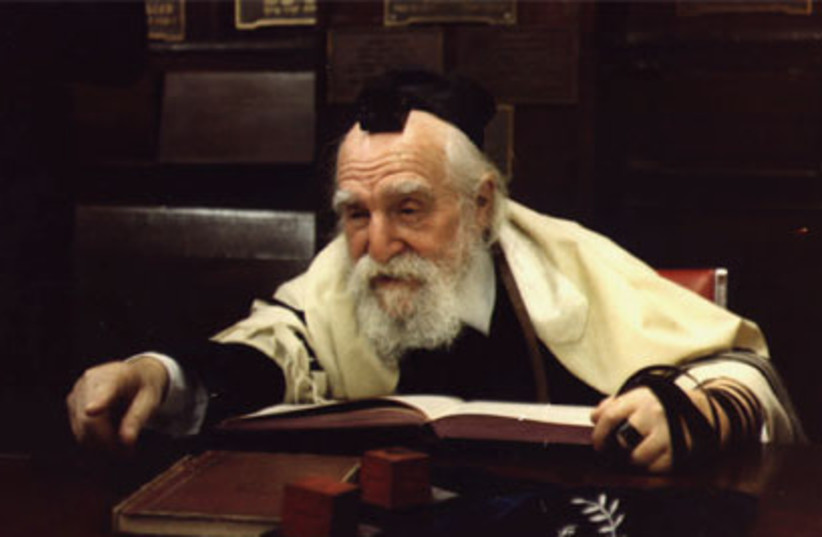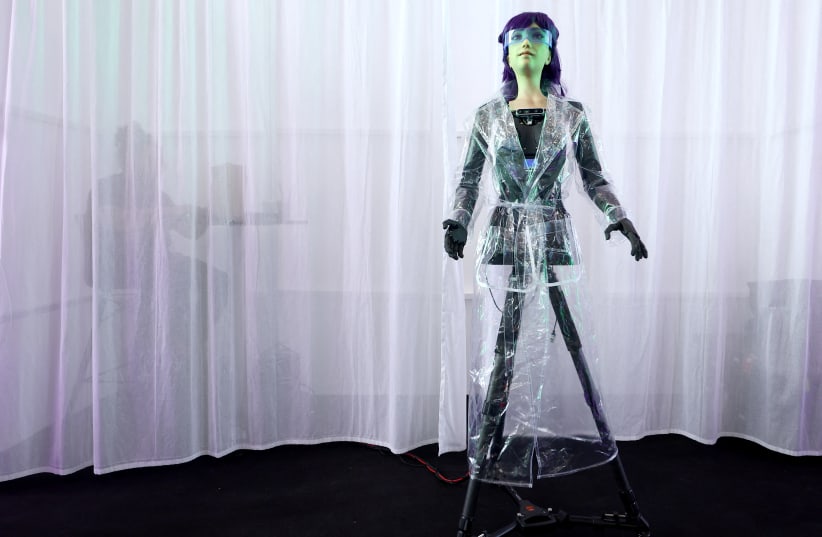In a video posted to the social network X (formerly Twitter) on Wednesday, a Boston Dynamics robot can be seen shaking a lulav, the ritual palm branch that is traditionally waved to and fro each day of the Sukkot holiday.
The clip was posted by Tablet Magazine, who credited it to Dara Horn, the American Jewish author. "Yes," the magazine said, "the robot lives in their house—it's named Spot and it's their only pet."
The next frontier of the digital age: robots doing mitzvahs. Video from author and Tablet contributing editor Dara Horn, who trained this Boston Dynamics robot to shake the lulav. And yes, the robot lives in their house—it's named Spot and it's their only pet. pic.twitter.com/etD8taM5WM
— Tablet Magazine (@tabletmag) October 4, 2023
Boston Dynamics' Spot robots, commercially available, are advertised on the company's website as "a robot that you can trust to work day-in and day-out." Atlas, Boston Dynamics' other, more anthropomorphic robot, has been described as "eerily human-like" after the company released a video of it (or, perhaps, of him) working on a simulated construction site. The robot is seen carrying building materials from place to place, running upstairs, and tossing things to human workers, without losing balance.
The auto company Hyundai acquired Boston Dynamics in December 2020, shortly before Atlas first made the rounds for its equally uncanny dance moves. A video posted to YouTube at the end of that month shows a group of robots dancing to the 1962 hit "Do You Love Me?" by the Contours. As of October 2023, the clip has more than 39 million views.
Can a robot do a mitzvah?
But is Spot actually fulfilling the commandment of netilat lulav, is he quite literally just going through the motions? Is he a valid agent on behalf of a human being? Can a robot be Jewish?
Science-fiction as they may sound, these are increasingly relevant questions in the field of contemporary Jewish law. As robots approach the agility of a human body, and artificial intelligence systems approach the computing power of the human mind, the question of how to fit human-like machines into the ancient religious structure is a matter of more than theoretical importance.
In June, Rabbi Shimshon Nadel delivered an hour-long lecture on the topic at the Orthodox Union's Israel headquarters in Jerusalem. In the teaching, titled "Will Robots Replace Rabbis?", Nadel asks whether an artificial intelligence program might rule on Jewish legal controversies, giving what's known as psak halacha. (His answer: it's complicated.)
Another live controversy is whether robots could potentially count towards a minyan. This was the topic of a class by Rabbi Hillel Adler last summer. And Rabbi Mark Goldfeder has been insisting since 2014 that the answer is yes. "If I see something that for all intents and purposes looks human," he told the Arizona Jewish Post, "I cannot start poking it to see if it bleeds."
In 2019, the Committee of Jewish Law and Standards, which represents rabbis of the Conservative Movement in the United States, adopted a 47-page responsum on halakhic responses to AI, written by Rabbi Daniel Nevins, former Dean of the Movement's flagship rabbinical school.


A contemporary golem? Maybe we've seen this before.
And, of course, the controversy plays out on that modern, open-source Talmud, the internet. On Jewish question-and-answer site 'Mi Yodeya,' users appeal to medieval mystics who spoke of creating beings using obscure Kabbalistic texts, and to the legendary golem of Prague, created from clay in the 16th century to protect local Jews from persecution.
Beyond the questions of law, this last example may be useful as a cautionary tale: in many versions of the story, the golem, who begins as just a tool, quickly gets out of control, forcing its creators to scramble for the thing's holy 'off switch.' The golem did just as its creators directed, but without the human sense to reel things in, became yet another threat to defend against.
